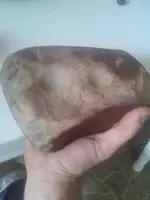petsnazspetsnaz
Jr. Member
- Joined
- Feb 24, 2013
- Messages
- 33
- Reaction score
- 74
- Golden Thread
- 0
- Location
- Manitoba, Canada
- Primary Interest:
- Other
I put pictures of this artifact on my very first tnet post last night but thought I'd make it into a separate thread
Anyways, my dad found this a while back. It's a rough rectangular cube in shape. About the size of a large potato. It has 4 flatter sides to it, with 2 depressions pounded into each of the sides.(total of 8 depressions)
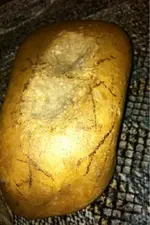
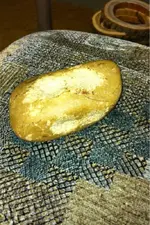

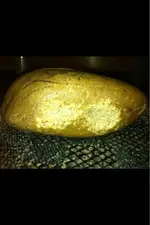
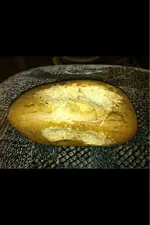
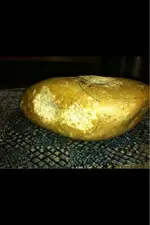
Anybody out there know what it may be?
The obvious answer is that it's some type of grinding stone. But I'd like to here ideas!
Anyways, my dad found this a while back. It's a rough rectangular cube in shape. About the size of a large potato. It has 4 flatter sides to it, with 2 depressions pounded into each of the sides.(total of 8 depressions)






Anybody out there know what it may be?
The obvious answer is that it's some type of grinding stone. But I'd like to here ideas!
Upvote
0

